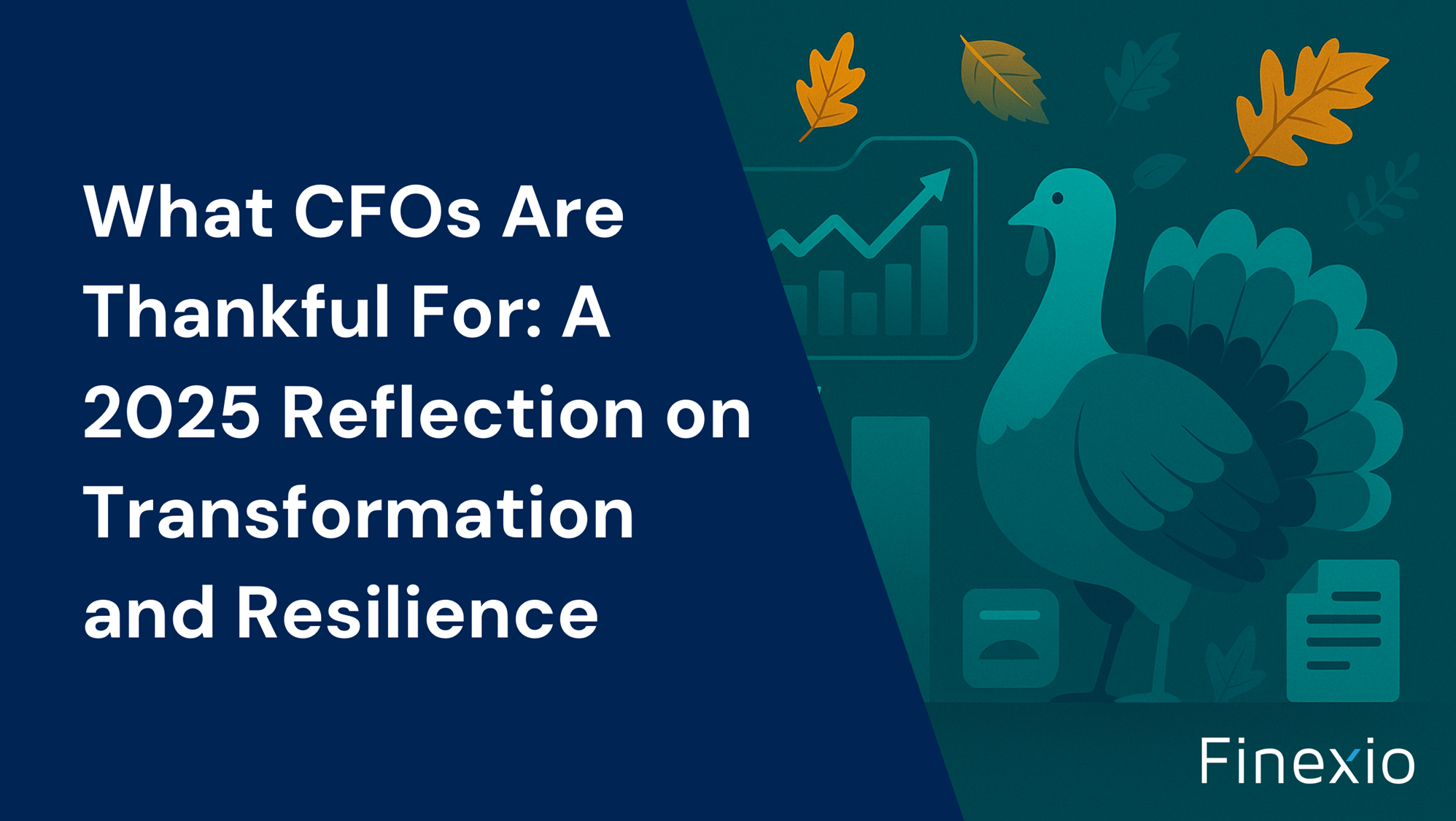The Cloud Brings AI to Accounts Payable


Automation has been a byword in corporate bill pay for 20 years. The more work a computer does, the less a company has to do itself. However, the growth of cloud computing and artificial intelligence has accelerated the opportunities available to small and mid-sized companies, says Sami Peltonen, VP of Product Management for P2P (Procure-to-Pay) Solutions at Basware.
Ernest Rolfson, founder and CEO of Finexio, recently interviewed Peltonen as part of an ongoing podcast series in which he speaks with leaders and influencers in Fintech. Titled B2B Cashflow Conversations, they take a deep dive into topics related to the growing opportunities for modernizing corporate accounting systems.
Peltonen spoke with Rolfson from Finland, where Basware is based, focusing on how changes in cloud-computing and AI are influencing business practices. Once connected to his company’s network, Peltonen explains, buyers and suppliers can access a wide range of solutions centered around automation of invoices and payments. Using the cloud means companies can better connect with and pay their suppliers, but it is the addition of AI (automated intelligence) that will revolutionize business procurement by providing valuable data.
But first, says Peltonen, companies must acknowledge the end of paper. Even though business has been moving away from paper invoices and the time sink of mailing, recording, and monitoring, it was the 2020 pandemic that finally convinced companies to transition. “If you were not able to access your offices, you were not able to send those invoices with paper,” Peltonen explains. “You’re not able to scan the receipt…so it’s been driving business to eliminate the remaining paper.”
When the pandemic forced businesses to speed up their usage of digital tools, including e-commerce and online banking, the demand for fintech exploded, Peltonen explains.
Even as automated AP has taken hold, the new challenge is to harness the information that AI can collect on customer and supplier practices.
“Almost every company is in a situation where they have lots of data,” says Peltonen, “but the problem often is that people have very little time to actually do anything with that data. If I think about myself, I’m busy in meetings, doing emails, I don’t have time to really analyze all that information. That’s where AI plays the most important role.”
The addition of artificial intelligence to the procurement and billing process means that computers can monitor incoming data and deliver information at the necessary stage of the business process. In this way, explains Peltonen, decision makers will no longer need to analyze the incoming data; AI will do the analysis and let a company know how a process can be improved.
There are multiple applications available once AI is in the picture, Rolfson agrees. For example, he says, AI could say, “Hey, did you know you could pay that bill early and capture a discount?”; or “Hey, we see that you’re paying Acme Corporation; they are likely to take a card payment; you might want to pay them that way and get cash back.”
Another example: AI advises that, when paying an international vendor, a company might consider paying in US dollars and save on foreign currency exchange costs.
The beauty of modern cloud services, Peltonen says, is that companies are able to use the community intelligence gathered from a variety of clients to generate money and time-saving solutions. The client receives better service and companies cuts their costs.
Already, AI can alert your business about which invoices are at risk of being paid late, or which are being paid too quickly, says Peltonen. But there is huge potential for increased use of this data analysis going forward.
There is a downside to AI, Rolfson cautions, which can be summed up in the adage, “Information in, information out.” That is, engineers still must program computers to ask the right questions. If so, will procurement and finance teams have to learn how to program? Can computers be that efficient, or do they risk doing some things badly?
The solution, says Peltonen, lies in a combination of human and machine interaction. Companies may say they want computers to do everything, but most end users still want to be in control. AI may give you recommendations or solutions, but a customer still wants to make decisions. One positive is that companies have been using automation for bill payments for over 20 years. All of that data can be made available to AI, which means there is a lot of information on billing practices already present in computer systems. It simply has to be activated and trusted to perform. Still, it’s a process of educating the client and making them comfortable with the options now available to them.
One thing Rolfson has learned in his years in the payments industry is that personal service remains crucial. Suppliers don’t like to be bullied. They want to get paid faster, they want more convenient options, but Finexio sees its goal as smoothing the relationship between a business and its suppliers. Take virtual cards, for example; they’re an extremely popular FinTech payment product. But in the early days of the practice, many suppliers were skeptical of their usefulness. They didn’t like being told they had to accept card payments and there was some loss of business because of those tensions.
Finexio’s goal has been to educate suppliers and ease the process of enrollment by providing easier access and clearer sign-up procedures. Once the supplier feels more valued, more a part of the decision process, the more willing they will be to accept alternative payment options.
Both Rolfson and Peltonen believe that the future of AP lies in the smoother integration of the invoicing and payment processes. The more streamlined these two functions become, the more a company will be able to control cash flow. Change is inevitable and welcome. The challenge is to speed up the AI process, making it reliable and more user-friendly even as companies like Finexio help build trust and acceptance.
Want to learn more about how Finexio is leveraging AI to optimize payments?
Book a meeting with one of Finexio’s payments experts to get started!
Get the free Newsletter
Get the latest information on all things related to B2B and electronic payments delivered straight to your inbox.




